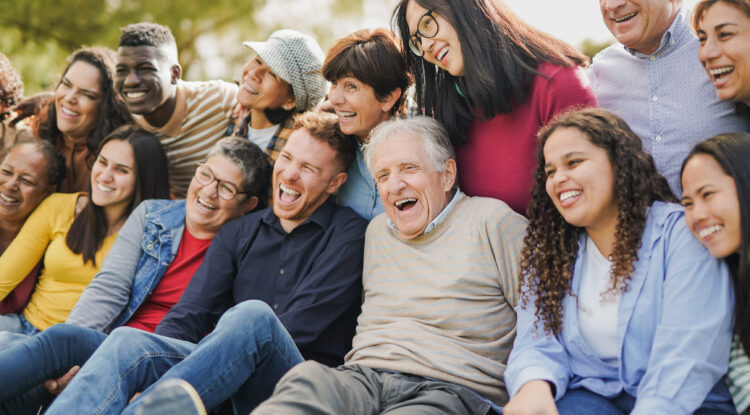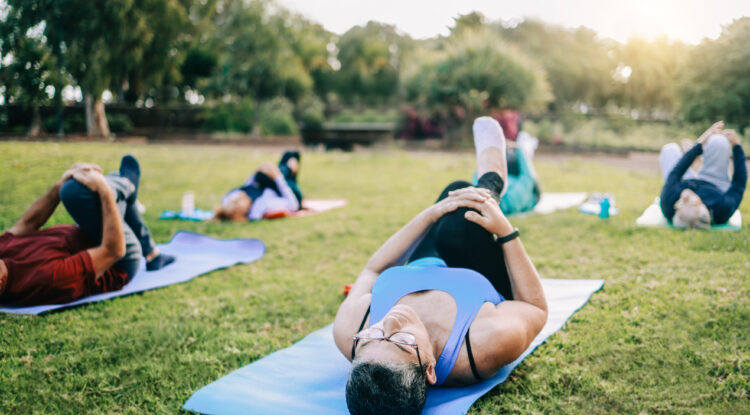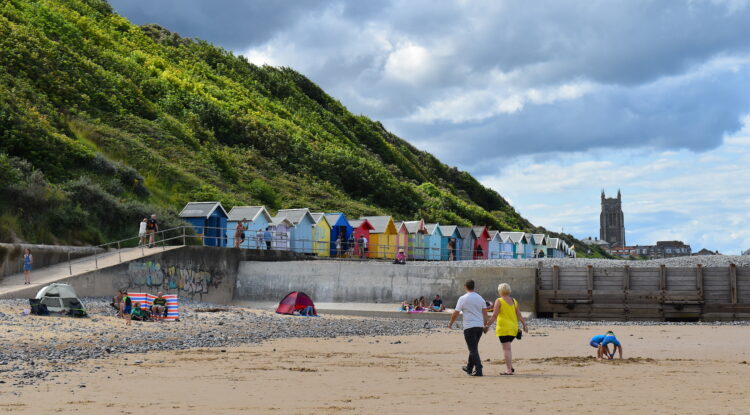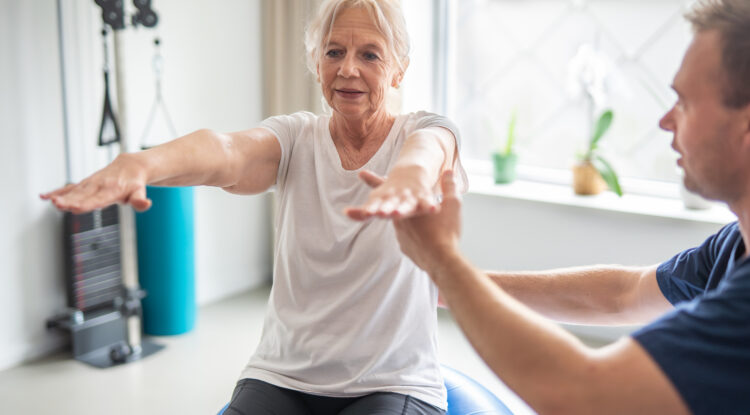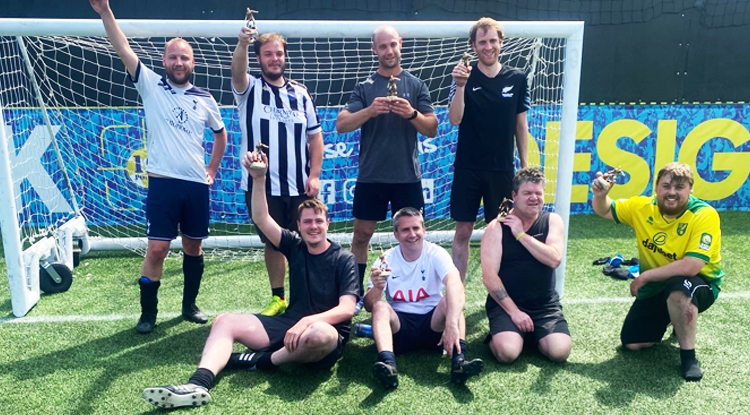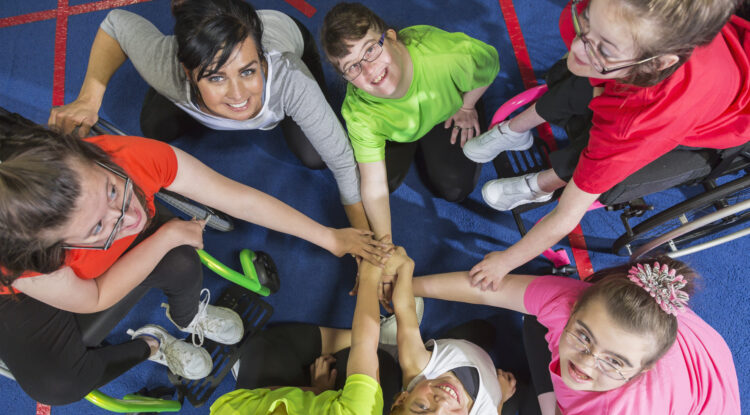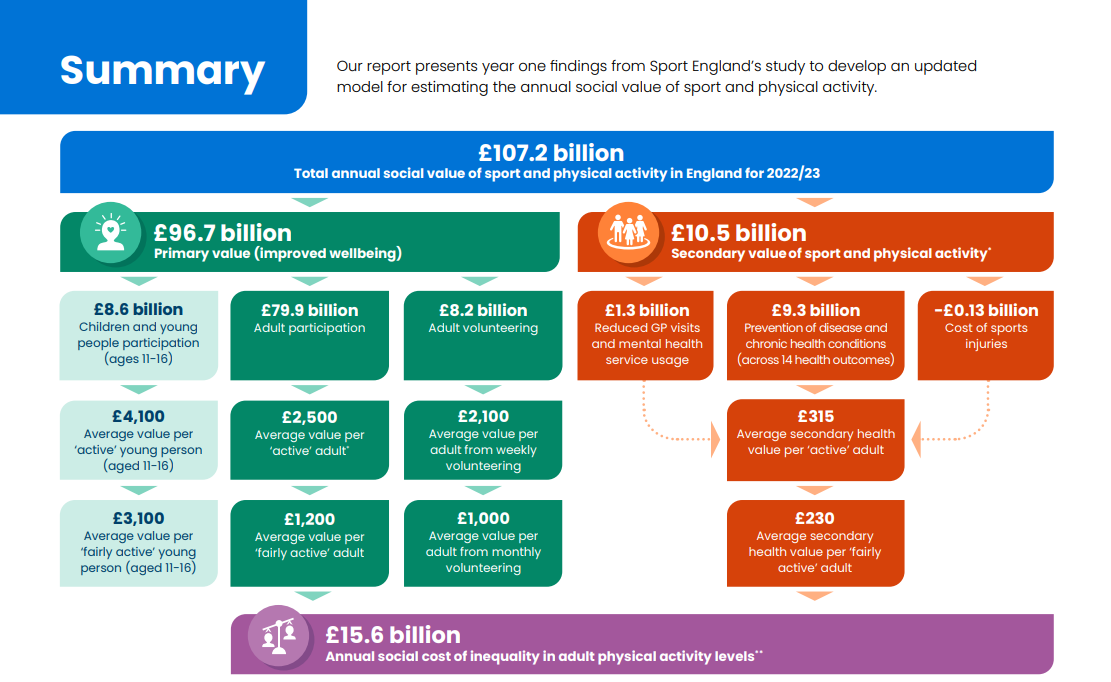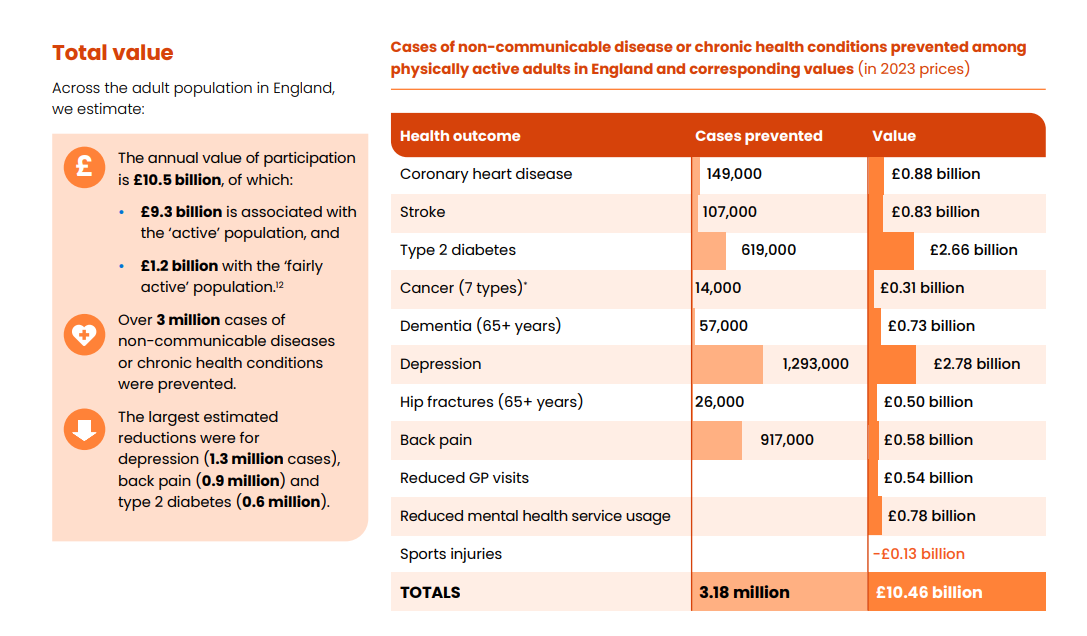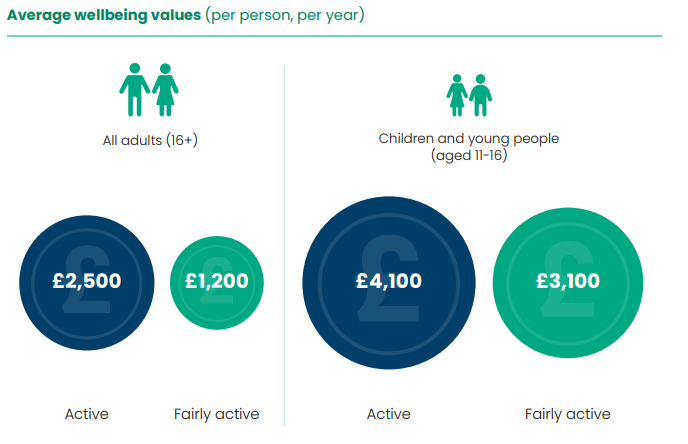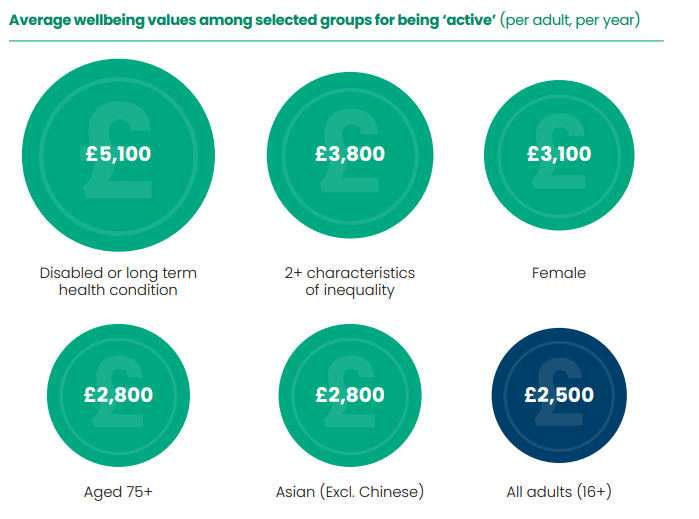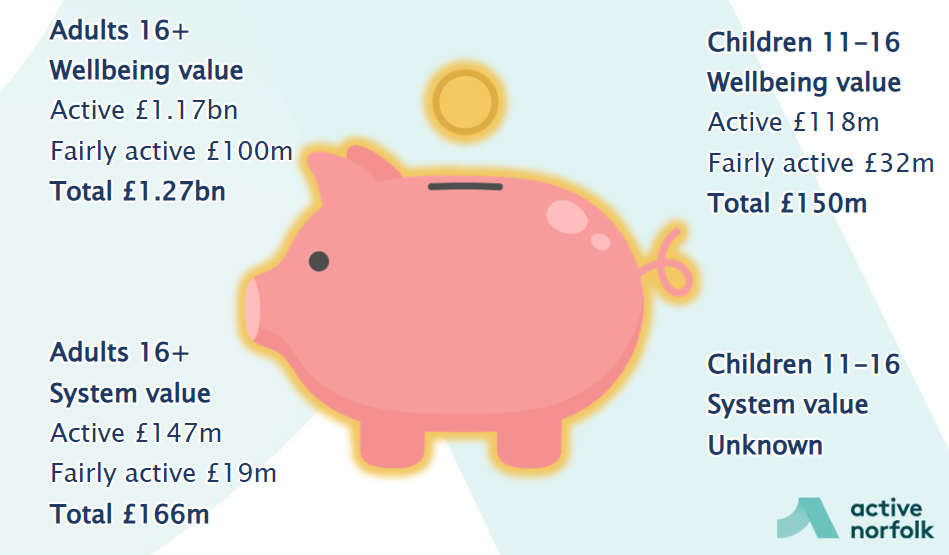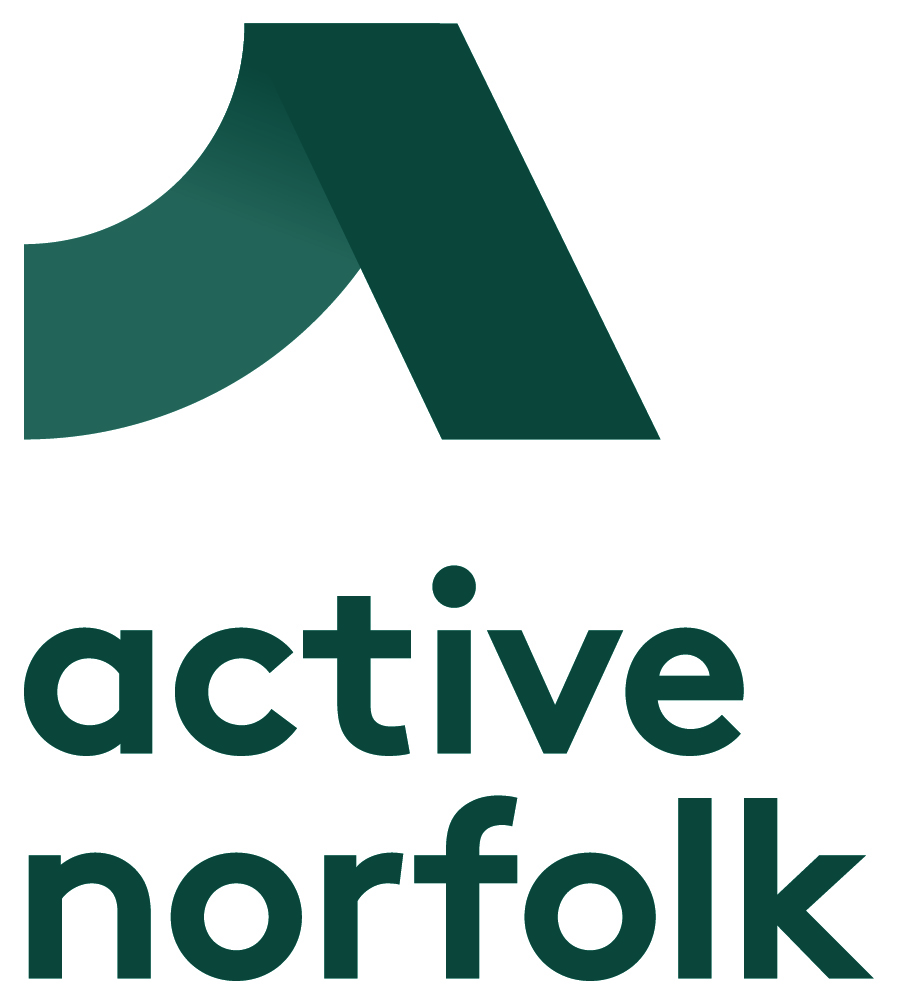Social value of physical activity: What is it and how do we use it?
It has always been our core belief that sport and physical activity helps people to live happier, healthier lifestyles. It plays a crucial role in bringing communities together and offers a range of benefits, from reduced chances of becoming ill to improved mental wellbeing.
But how do we measure the economic value of sport and physical activity? How can we place a price on the numerous benefits that a physically active lifestyle provides?
This is where the social value of sport and physical activity comes in. A collaborative report produced by State of Life, Sheffield Hallam University and Manchester Metropolitan University on behalf of Sport England was released in 2024 to build upon existing research, and develop an updated national model of social value for community sport and physical activity.
Active Norfolk have then taken this data and begun to apply it to our own programmes and campaigns, in order to develop targeted strategies to support groups who stand to gain the most from the benefits of being physically active.
Jump to section:
Social value of sport and physical activity: An overview
The recently released study estimates that the total social value generated by community sport and physical activity in England was £107.2 billion in 2022-2023. Let’s take a look at this broken down.
Primary value: Personal wellbeing
An estimated £96.7 billion of this annual social value comes from the improved wellbeing that sport and physical activity creates for individuals through participation and volunteering. By this we mean the benefits to individuals, including improved wellbeing, and leading happier and healthier lifestyles. These are the primary values explored in the report.
Secondary value: System savings
The report shows that sport and physical activity adds a further £10.5 billion of annual social value through the system savings from improved health outcomes. By this we mean all significant costs and benefits that affect the welfare and wellbeing of the population.
For example, the prevention of 1.3 million cases of depression, and over 600,000 cases of type 2 diabetes through a more active lifestyle adds up to over £1.3 billion in reduced GP visits and mental health service usage. These are the secondary values explored in the report.
Notably this report estimates the social cost of inequalities in adult physical activity levels to be an astounding £15.6 billion a year. This demonstrates to us and our partners the full unlockable potential of confronting these inequalities, and making physical activity more accessible to all.
The primary value of different physical activity levels: How is it worked out?
The average wellbeing value of an active adult is £2500 a year, whilst the ‘fairly active’ wellbeing value is £1200. The average wellbeing value of an active child or young person aged 11-16 is higher at £4100 per year, whilst a fairly active child or young person is valued at £3100. This data is collected by working out the average life satisfaction score through Wellbeing-Adjusted Life Years (WELLBYs), and generating an overall estimate.
However, it’s extremely important to note that this primary value is further affected by subgroups.
Differences by adult subgroup
Certain key groups with significantly higher values for ‘active’ illustrate variations in subgroups. For example:
- People with disabilities or long-term health conditions: £5,100 per active adult.
- Those aged 75+: £2800 per active adult
- People from Asian backgrounds: £2800 per active adult
Sport England also recognised that people aren’t generally just one subgroup, and often fit into multiple characteristics. Using Sport England’s new Inequalities Metric, higher wellbeing values were found for being active amongst adults with 2 or more characteristics of inequality.
This data is crucial to our work at Active Norfolk, as it shows where our efforts must be directed, in order to target those who would benefit most from a more physically active lifestyle.
How do we apply these figures to our projects in Norfolk?
In order to apply these values to Norfolk, our insight team have used the existing data to make further estimates on a local level. We already know that physical activity adds a lot of value to society in Norfolk, and the following figures act as a baseline to demonstrate this further.
Primary wellbeing value in Norfolk
The primary wellbeing value for adults aged 16+ in Norfolk is estimated at 1.27 billion. The value for children aged 11-16 is £150 million.
Secondary system value in Norfolk
The secondary or system value for adults is estimated at £166 million. We do not yet have sufficient data to estimate the secondary value for children in Norfolk.
Social Value of Active Norfolk campaigns
Our insight team have worked hard to make use of this data and apply it to campaigns and programmes within Active Norfolk. In doing so, we’re able to demonstrate further qualitative metrics in addition to the feedback we already collect from participants. This information, which has been released alongside our latest Impact Report, is available for three of our areas of work: All To Play For, Active NoW and the Special Olympics programme.
Active NoW:
The Active NoW model facilitates the integration of physical activity into the health system with input from all partners. It establishes a unified system and access point for healthcare professionals, social care professionals, and the general public.
Rather than introducing new resources, it aims to enhance and leverage existing assets and expertise in local place-based delivery.
check_circle_outline 217 active
arrow_upward 1333 fairly active > active
arrow_downward 5 active > fairly active
Intervention pathway and follow-up data
check_circle_outline 7542 referrals
check_circle_outline 2172 fairly active
Cost – benefit analysis
(Value added per £ invested)
Combined social value:
£24 for every £1 spent
check_circle_outline 450k invested in Active NoW to date
check_circle_outline £22.45 return in primary wellbeing value per £1 spent
check_circle_outline £1.55 return in secondary system value per £1 spent
£10.1m
check_circle_outline Primary wellbeing value from changes in physical activity:
arrow_forward 135 stayed fairly active
arrow_forward147 stayed active
arrow_downward 52 fairly active > inactive
check_circle_outline 4838 referred onto activity
check_circle_outline 2482 inactive
Outcomes analysis applying social value figures adjusted for participant characteristics
arrow_upward 741 inactive > active
arrow_upward 756 inactive > fairly active
arrow_forward 210 stayed inactive
Estimates of social value adjusted for participant characteristics
check_circle_outline Primary wellbeing value from changes in physical activity:
£695K
All To Play For:
“All To Play For” is a collaborative initiative with Norfolk & Suffolk NHS Foundation Trust. It offers weekly socially inclusive football sessions as a means to assist men aged 18+ who are grappling with mental health challenges.
Intervention pathway and follow-up data
check_circle_outline 517 participants
check_circle_outline 67 active
Cost – benefit analysis
(Value added per £ invested)
Combined social value:
£14 for every £1 spent
check_circle_outline 94k invested in All To Play For to date
check_circle_outline £13.32 return in primary wellbeing value per £1 spent
check_circle_outline £1.65 return in secondary system value per £1 spent
£1.2m
check_circle_outline Secondary system value from changes in physical activity
arrow_forward 12 stayed fairly active
arrow_forward 67 stayed active
arrow_downward 12 fairly active > inactive
check_circle_outline 207 inactive
check_circle_outline 243 fairly active
Outcomes analysis applying social value figures adjusted for participant characteristics
arrow_upward 160 inactive > active
arrow_upward 27 inactive > fairly active
arrow_forward 19 stayed inactive
Estimates of social value adjusted for participant characteristics
check_circle_outline Primary wellbeing value from changes in physical activity:
£155K
Special Olympics:
Active Norfolk is proud to be the only local active partnership in the country working directly with Special Olympics Great Britain (SOGB), receiving £10,000 annually to develop inclusive opportunities for people with intellectual disabilities.
check_circle_outline Volunteers:
Weekly: Monthly
Fortnightly: Monthly
check_circle_outline Event volunteers:
None
check_circle_outline Volunteers:
£52,900
Current participation
check_circle_outline 53 athletes (attendees training and competing in the Special Olympics)
check_circle_outline 16 event volunteers
Cost – benefit analysis
(Value added per £ invested)
Average primary value per person in wellbeing:
£2943.51
check_circle_outline £10,000 invested per year
check_circle_outline £43.33 return in primary wellbeing value per £1 spent
£453,300
check_circle_outline Athletes/Participants:
check_circle_outline 52 participants (attendees training for fitness and exercise)
check_circle_outline 33 volunteers (regular volunteers attending on a weekly/monthly basis)
Assigned value
check_circle_outline Athletes:
Weekly: Light
Fortnightly / Monthly: None
check_circle_outline Participants:
Weekly: Light
Estimates of social value adjusted for participant characteristics
check_circle_outline Primary wellbeing value:
£400,400
Find out more
To find out more about the social value of physical activity and sport, check out the report produced by Sport England. If you’d like to know more about how we apply this formula to our programmes at Active Norfolk, please use our contact form to get in touch.
